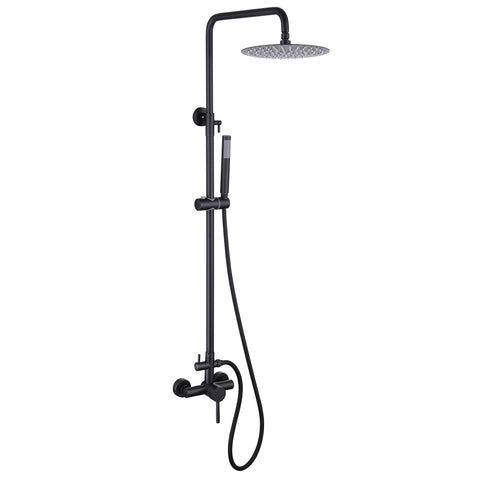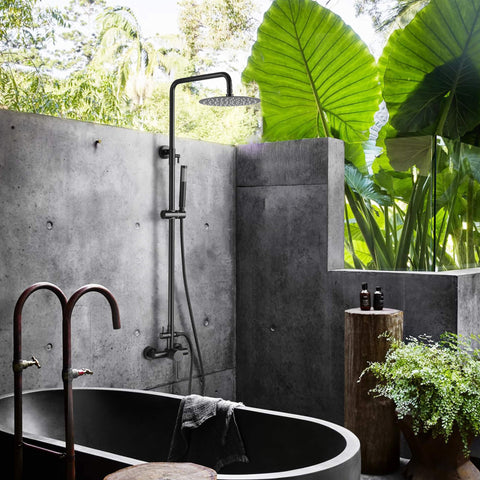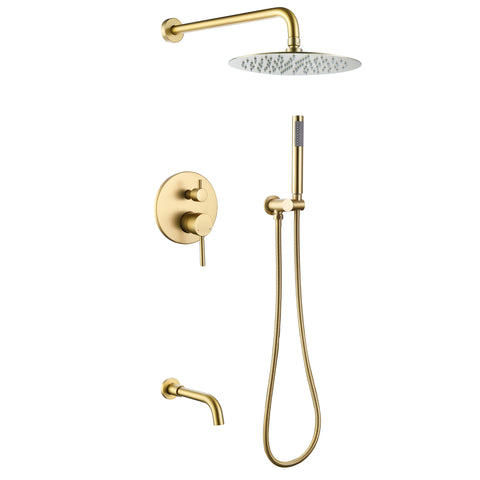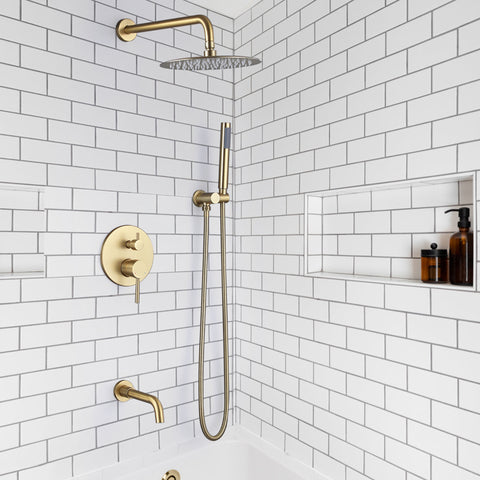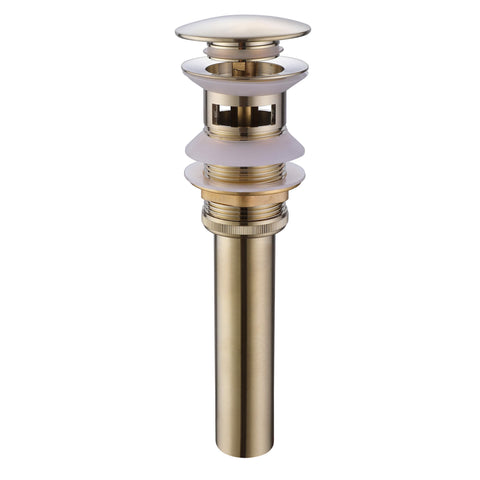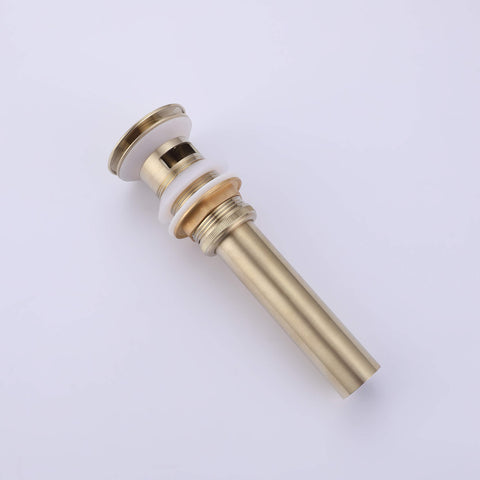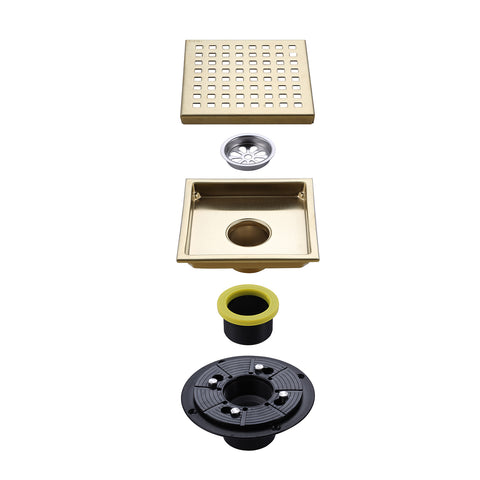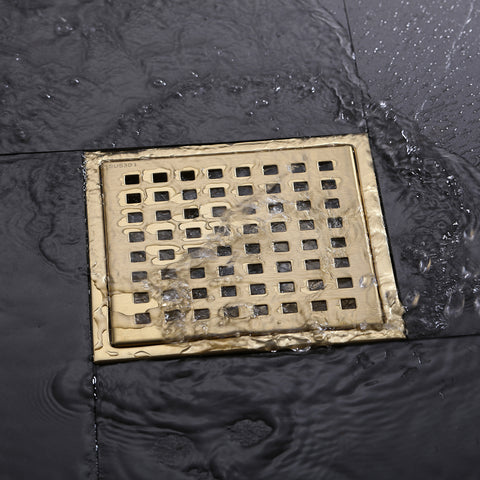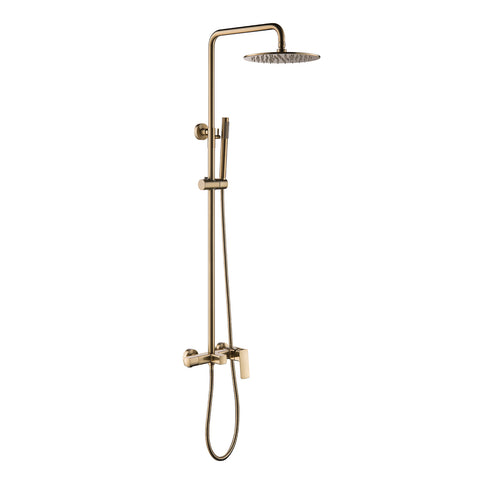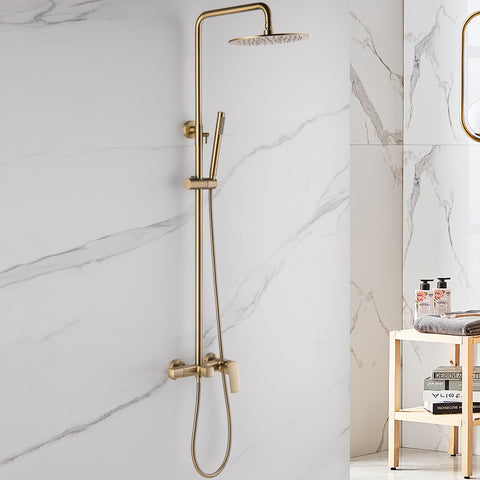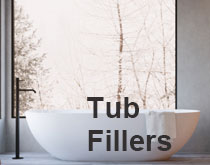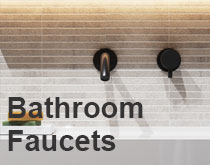Shower Doors: A Straightforward Buyer’s Guide
The right shower doors do three big jobs—contain water, save space, and elevate your bathroom’s look. Measure carefully, choose hardware and glass that fit your lifestyle, and consider upgrades like sliding glass shower doors with anti-water seal for leak control or luxury glass shower doors for master bathroom projects when you want a showpiece.
What Are Shower Doors (and Why They Matter)
Shower doors replace curtains with a solid barrier that controls splash, retains heat, and shows off your tile. They also influence how large the room feels and how easy it is to clean. Pick the right style, and you solve leaks and clutter in one move.
Common Types: Find a Fit for Your Layout
- Sliding (bypass) doors: Two panels overlap on a track—ideal for tight rooms or tub combos. For better splash control, look for sliding glass shower doors with anti-water seal (magnetic meeting stiles + quality bottom sweeps).
- Pivot (hinged) doors: Swing outward for a wide, open feel. Require floor clearance and a curb or perfect floor slope.
- Bi-fold doors: Panels fold in; helpful in very compact footprints.
- Framed vs. frameless: Framed is budget-friendly and forgiving; frameless uses thicker glass and minimal metal for a premium look—popular in luxury glass shower doors for master bathroom remodels.
Framed vs. Frameless at a Glance
| Option | What You Get | Best For |
|---|---|---|
| Framed | Slimmer glass, more visible metal, stable tracks, friendly pricing | Guest baths, rentals, out-of-plumb walls |
| Semi-frameless | Cleaner edges with limited framing where needed | Mid-range remodels seeking a lighter look |
| Frameless | Thicker glass, minimal hardware, uninterrupted tile views | Primary suites and luxury glass shower doors for master bathroom upgrades |
If you’re comparing prices, search frameless vs framed shower enclosures cost to set the right budget expectations—frameless runs higher due to thicker glass and precision hardware.
Glass, Coatings, and Hardware That Hold Up
- Glass: Tempered safety glass is standard. Thicker panels (8–10 mm) feel solid and glide quietly. Low-iron glass removes the green tint so light tile and marble read true—great in premium baths.
- Coatings: Hydrophobic finishes bead water and reduce spots. Still squeegee for best results.
- Hardware: Stainless steel or solid brass. If you’re deep into details, look up shower door hinge types explained—hinge quality matters on frameless builds.
Leak Control: Seals, Slope, and Spray Direction
Leaks come from gaps, not glass. The fix is straightforward: magnetic vertical seals where panels meet, a snug bottom sweep angled back to the pan, and a curb or threshold that slopes inward (~1/8" per foot). If splash control is top priority—kids, strong rain heads, or a short curb—choose sliding glass shower doors with anti-water seal. It’s a meaningful upgrade over basic strips. For troubleshooting, a concise shower door leak fix guide usually points to missing sweeps, flat curbs, or a spray head aimed at the entry.
Measure After Tile, Then Check Again
Don’t measure before finishes. When tile and pan are complete, follow a reliable how to measure shower door opening size checklist:
- Measure width at top, middle, and bottom; note largest and smallest—walls rarely sit perfectly plumb.
- Measure height from finished curb/floor to planned header or top line.
- Record out-of-plumb and any angles. Frameless tolerates only so much lean.
Layout Examples That Simply Work
- Tub/shower combo: sliding shower doors for bathtub combo keep traffic clear and heat in.
- Corner alcove: corner shower doors for 36×36 shower stall make compact footprints usable.
- Primary suite: Frameless, low-iron panels with a ladder pull—classic luxury glass shower doors for master bathroom move.
Installation: DIY vs. Pro
Standard sliders in square openings are doable for a careful DIYer. Heavy frameless, steam, curbless, or out-of-plumb walls? Hire it out. For hinged setups, skim pivot shower door installation tips—blocking, hinge placement, and reveal control matter.
Custom Shapes and Quotes
Benches, half-walls, and raked ceilings are fine—just expect templating. Get a few custom glass shower door quotes online with finished measurements, then confirm on-site before fabrication. Complex angles add cost and lead time; keep geometry simple if the schedule is tight.
Repairs, Parts, and Value Plays
Tracks, guides, and sweeps see the most wear. A cheap shower door tracks replacement kit can extend life without replacing everything. Keep a note of your brand’s frameless shower door hardware and parts so replacements match perfectly.
Care and Cleaning
- Quick squeegee after each shower prevents mineral build-up.
- Weekly clean with a mild, non-abrasive spray. Avoid harsh acids on coatings and metal.
- Quarterly: inspect sweeps, snug set screws, refresh silicone where gaps appear.
Quick FAQs
- Best shower door material (tempered glass vs acrylic)? Tempered glass leads for clarity and scratch resistance; acrylic is lighter and cheaper but marks easier.
- Do codes affect thresholds? Check shower door threshold height regulations, especially for accessibility and curbless designs.
- Why do sliders leak? Usually missing sweeps, flat curbs, or spray aimed at the opening.
Final Thoughts
Match door type to the room, invest in seals and solid hardware, and measure after finishes. For compact baths, sliding glass shower doors with anti-water seal keep floors dry without bulky frames. For a showpiece, choose frameless—classic for luxury glass shower doors for master bathroom projects. Keep lines clean, finishes consistent, and the squeegee close at hand.
